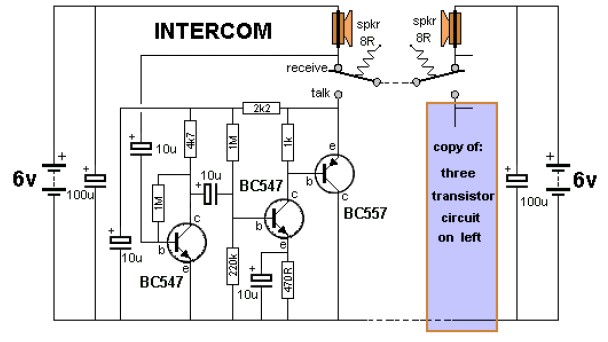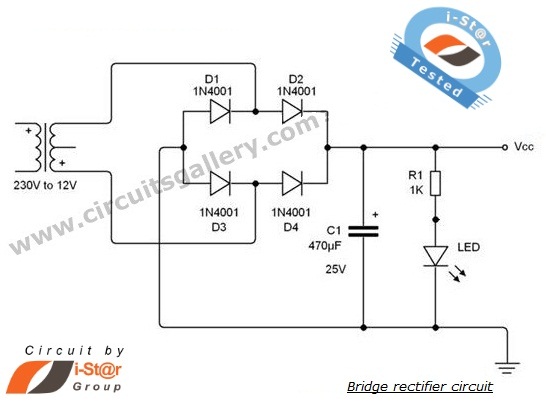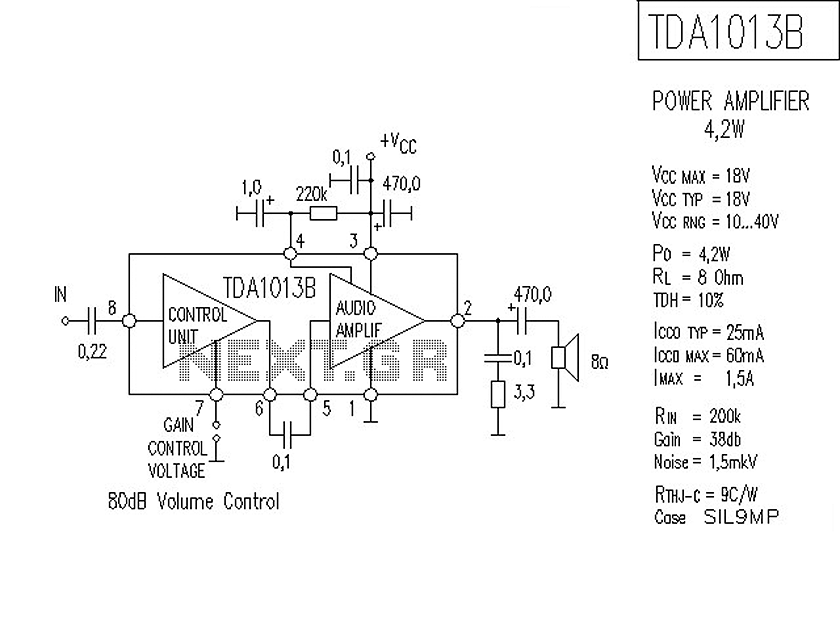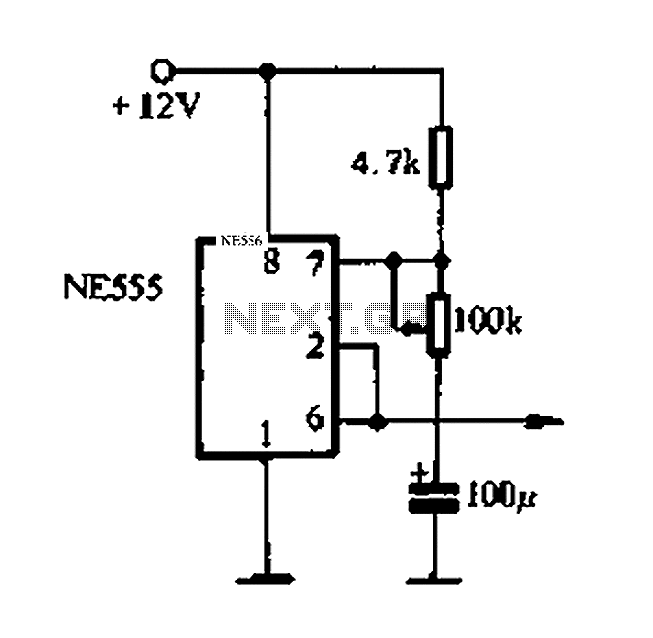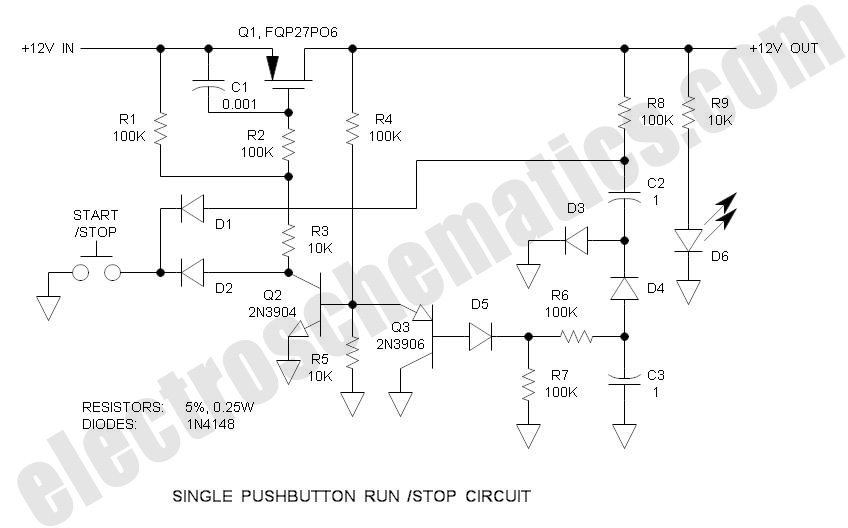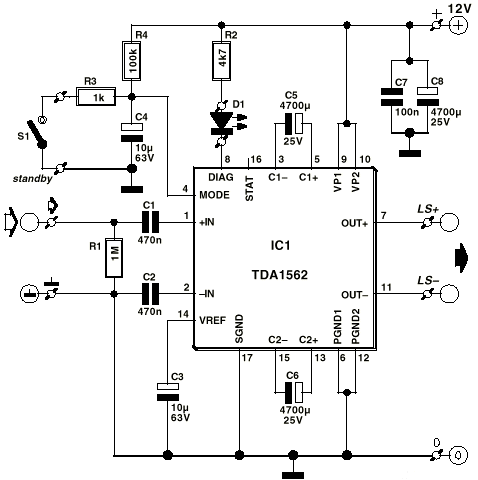
quick jobs h bridge circuit to drive
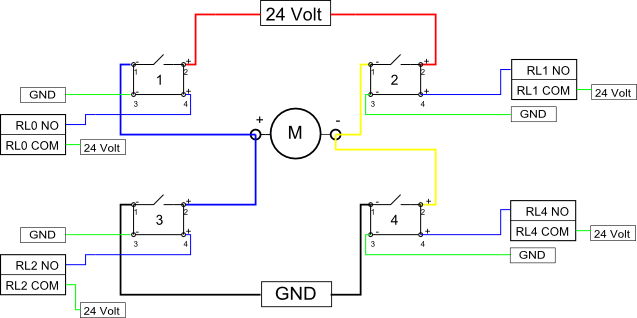
Eight solid-state relays (SSR) and an ADAM-4068 (Serial-I/O device) are utilized to wire a circuit for controlling a motor in a robotic application. The ADAM-6048 is a versatile device that facilitates control of digital inputs and outputs via RS-485 serial communication, adhering to the protocol outlined in its manual. The output of the ADAM is rated at 0.5 amperes, which is suitable for controlling the SSR that can handle up to 40 amperes each. When the output is set to "high," current can flow from the common (COM) terminal to the normally open (NO) terminal. This can be visualized as a simple switch; when both pins are activated, they connect, allowing current to flow. Consequently, pin 1 and pin 2 of the SSR will connect, enabling a high current to pass through the motor. Unlike conventional relays, SSRs allow current to flow in only one direction, specifically from pin 2 to pin 1 and from pin 4 to pin 3, as indicated by the positive and negative signs in the accompanying diagram. Two SSRs were damaged due to a misunderstanding of this directional current flow.
The circuit design for controlling a motor using solid-state relays (SSRs) and the ADAM-4068 device involves several key components and considerations. The ADAM-4068 serves as a communication interface, allowing for the transmission of control signals to the SSRs through RS-485 serial communication. Each SSR is capable of managing high current loads, making them ideal for motor control applications.
To set up the circuit, the output from the ADAM-4068 is connected to the input terminals of the SSRs. The output signal from the ADAM is configured to switch to a "high" state when motor activation is required. This high signal enables current to flow from the common terminal (COM) to the normally open terminal (NO) of the SSR, effectively closing the circuit and powering the motor.
It is essential to ensure that the SSRs are correctly oriented in the circuit to prevent damage. The SSRs are designed to allow current to flow in a single direction; therefore, it is crucial to connect the positive and negative terminals correctly. The correct wiring configuration will ensure that when the control signal is activated, the SSR allows current to flow from the motor's power source through the SSR to the motor itself.
In addition, proper heat dissipation measures should be implemented, as SSRs can generate heat during operation, especially when controlling high currents. Heat sinks or proper ventilation should be considered to maintain optimal operating temperatures and ensure the longevity of the SSRs.
Overall, the combination of the ADAM-4068 and SSRs provides a robust solution for motor control in robotic applications, allowing for precise control and reliable operation. Proper attention to circuit design, component orientation, and heat management is vital for successful implementation.8 solid-state-relay (SSR) and ADAM-4068 (Serial-I/O device) and ask me to wire a circuit to control a motor for his robot. ADAM-6048 is a handy device that let you control digital input and output via RS-485, serial communication given a protocol in its manual.
Output of ADAM is rated at 0. 5 ampere so I use it to control the SSR which can operate up to 40 ampere each. When output set to "high", current will able to flow from COM to NO. Best to imagine it as a simple switch, when push both pin will connect and let a current flowing. Then pin 1 and pin 2 of SSR will connect and let a (high) current passthrough the motor. Unlike normal relay, SSR let current pass in only one direction, from pin 2 to pin 1 and from pin 4 to pin 3 as I indicate + and - sign in above diagram. I blown 2 SSR because of this ignorance! 🔗 External reference
The circuit design for controlling a motor using solid-state relays (SSRs) and the ADAM-4068 device involves several key components and considerations. The ADAM-4068 serves as a communication interface, allowing for the transmission of control signals to the SSRs through RS-485 serial communication. Each SSR is capable of managing high current loads, making them ideal for motor control applications.
To set up the circuit, the output from the ADAM-4068 is connected to the input terminals of the SSRs. The output signal from the ADAM is configured to switch to a "high" state when motor activation is required. This high signal enables current to flow from the common terminal (COM) to the normally open terminal (NO) of the SSR, effectively closing the circuit and powering the motor.
It is essential to ensure that the SSRs are correctly oriented in the circuit to prevent damage. The SSRs are designed to allow current to flow in a single direction; therefore, it is crucial to connect the positive and negative terminals correctly. The correct wiring configuration will ensure that when the control signal is activated, the SSR allows current to flow from the motor's power source through the SSR to the motor itself.
In addition, proper heat dissipation measures should be implemented, as SSRs can generate heat during operation, especially when controlling high currents. Heat sinks or proper ventilation should be considered to maintain optimal operating temperatures and ensure the longevity of the SSRs.
Overall, the combination of the ADAM-4068 and SSRs provides a robust solution for motor control in robotic applications, allowing for precise control and reliable operation. Proper attention to circuit design, component orientation, and heat management is vital for successful implementation.8 solid-state-relay (SSR) and ADAM-4068 (Serial-I/O device) and ask me to wire a circuit to control a motor for his robot. ADAM-6048 is a handy device that let you control digital input and output via RS-485, serial communication given a protocol in its manual.
Output of ADAM is rated at 0. 5 ampere so I use it to control the SSR which can operate up to 40 ampere each. When output set to "high", current will able to flow from COM to NO. Best to imagine it as a simple switch, when push both pin will connect and let a current flowing. Then pin 1 and pin 2 of SSR will connect and let a (high) current passthrough the motor. Unlike normal relay, SSR let current pass in only one direction, from pin 2 to pin 1 and from pin 4 to pin 3 as I indicate + and - sign in above diagram. I blown 2 SSR because of this ignorance! 🔗 External reference
